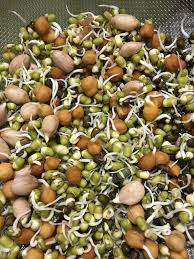Use Organic Millets Stay Healthy
Natural Millets & its Flour : A Healthy Choice for a Nutritious Diet
Millets are diverse varieties of small-seeded grasses, widely cultivated across the globe as cereal crops or grains for human consumption and animal fodder. This superfood is not only nutritious but can also be grown locally. Historically, millets were a staple in many regions, with production levels comparable to rice in the 1960s.
However, today their cultivation has drastically decreased to less than one-tenth of that quarter. Millets are high in dietary fiber, which prevents sugar level spikes in the body. They are also easy to grow and help conserve resources like water, which is needed in large quantities for growing rice or wheat.
Why Add Millets to Your Diet?
Millets are small grains that are full of good nutrients. They are very healthy and easy to digest.They are often referred to as a ‘superfood’ for several reasons:
Drought Resistant: Millets require significantly less water and can be grown in almost all parts of India. A study published in the journal ‘Sustainability’ notes that growing one kilogram of millet requires 70 times less water compared to rice or wheat.
Good for Health: Millets are rich in fiber, vitamins, and minerals. They help keep your body strong and active.
Good for Digestion: The fiber in millets helps clean your stomach and improve digestion.
Controls Sugar Levels: Millets have a low glycemic index. This means they help manage blood sugar, which is good for people with diabetes.
Helps in Weight Loss: Millets keep you full for a long time, so you eat less and can lose weight naturally
Difference Between Cereals and Pulses
| Parameter | Cereals | Pulses |
|---|---|---|
| Family | Poaceae (Grass Family) | Fabaceae (Legume Family) |
| Nutrient Rich | Carbohydrates, Vitamins | Proteins, Fiber, Iron |
| Primary Use | Staple Food, Energy Source | Protein Source, Muscle Repair |
| Examples | Wheat, Rice, Maize, Barley | Lentils, Beans, Chickpeas |
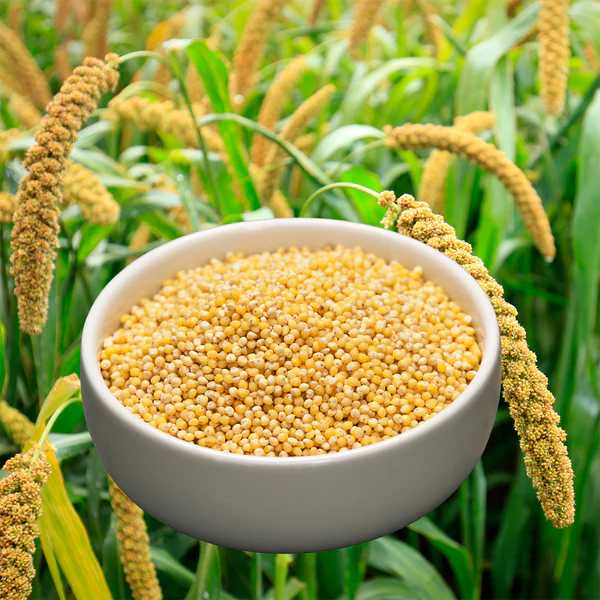
Foxtail millet, or indigenously called Kakum/Kangni. It contains blood sugar balancing healthy carbohydrates. The iron and calcium content present in it also helps strengthen immunity. In addition, foxtail millets help regulate your blood cholesterol and increase HDL cholesterol levels in your body.
Barnyard Millet(सांवा),(कुदिरैवली (Kuthiraivali))
✔ Benefits of Oats
- Rich in Nutrients
- High in Fiber – Supports Digestion
- Helps Control Blood Sugar Levels
- Aids in Weight Management
- Good for Heart Health
🛒 Buy: Top Oats at affordable Prices
📌 How to eat? Soaked or mixed in milk
✔ Benefits of Raisins
Introduction to Cereals and Pulses
Biological Classification and Nutritional Profile
Health Benefits of Including Both in the Diet
Comparison Table for Easy Understanding
Tips to Choose and Store Unpolished Cereals and Pulses
🛒 Buy: Best Organic Pulses at affordable Prices
Apart from cereals and pulses, legumes and vegetable proteins are also essential dietary components. While legumes include beans, peas, and lentils, vegetable proteins encompass plant-based protein sources like soy and quinoa. Including a variety of these foods in the diet ensures a balanced intake of carbohydrates, proteins, and essential micronutrients.
- Rich in fibre and antioxidants
- Strengthens bones
- Helps in weight loss
- ✔ Choose the Right Legumes for Sprouting : ✅ Moong (Green Gram)
✅ Chickpeas (Chana)
✅ Black Gram (Urad Dal)
✅ Lentils (Masoor)
✅ Peas - ✔How to Sprout Legumes Properly?
- 1️⃣ Soaking – Wash and soak the legumes in water overnight (8-12 hours).
2️⃣ Draining – Drain the water and transfer the soaked legumes to a muslin cloth or sprouting jar.
3️⃣ Sprouting – Keep them in a warm, dark place for 24-48 hours. Rinse every 6-8 hours.
4️⃣ Ready to Eat – Once sprouts appear, they are ready to consume. - ✔ How to Eat Sprouted Legumes?
- ✔ Raw Sprouts Salad – Mix with veggies, lemon juice, and spices.
✔ Lightly Steamed – Cooking them lightly enhances digestion and reduces any risk of bacterial contamination.
✔ Sprouted Chaat – Add onions, tomatoes, coriander, and lemon for a tasty chaat.
✔ In Soups or Curries – Add sprouted legumes to dal, soups, or curries.
✔ Stuffed in Parathas or Sandwiches – A great way to include them in your diet.
For a healthier lifestyle, make unpolished legumes, pulses, and grains a part of your daily diet.these foods support digestion, heart health, muscle growth, and weight management. At AVS Grocery, we provide high-quality, chemical-free products to help you maintain your well-being. Visit www.avsgrocery.com or call 9568529507 to explore our range today!
Frequently Asked Questions!
Are pulses and grains the same?
No. Pulses belong to the legume family and are rich in protein and fiber, while grains are primarily carbohydrate-rich foods like rice, wheat, and corn.
Why should I choose unpolished pulses and grains?
Unpolished pulses and grains retain their natural fiber, vitamins, and minerals, making them healthier than polished ones, which often lose nutrients during processing.
How should I store legumes, pulses, and grains to keep them fresh?
✔ Store in airtight containers to prevent moisture and pests.
✔ Keep in a cool, dry place away from sunlight.
✔ Refrigerate sprouted legumes and consume within 2-3 days.
-
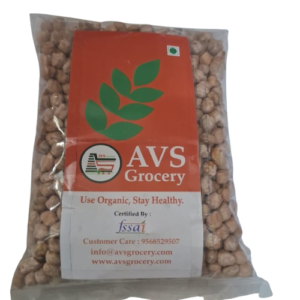 Rated 0 out of 5₹70.00 – ₹140.00Sale! Select options This product has multiple variants. The options may be chosen on the product page
Rated 0 out of 5₹70.00 – ₹140.00Sale! Select options This product has multiple variants. The options may be chosen on the product page -
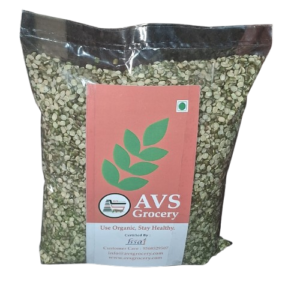 Rated 0 out of 5₹80.00 – ₹160.00Sale! Select options This product has multiple variants. The options may be chosen on the product page
Rated 0 out of 5₹80.00 – ₹160.00Sale! Select options This product has multiple variants. The options may be chosen on the product page -
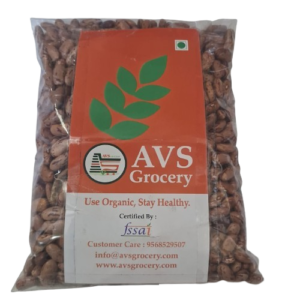 Rated 0 out of 5₹80.00 – ₹150.00Sale! Select options This product has multiple variants. The options may be chosen on the product page
Rated 0 out of 5₹80.00 – ₹150.00Sale! Select options This product has multiple variants. The options may be chosen on the product page -
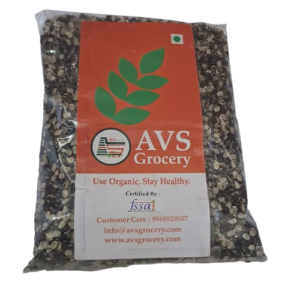 Rated 0 out of 5₹68.00 – ₹130.00Sale! Select options This product has multiple variants. The options may be chosen on the product page
Rated 0 out of 5₹68.00 – ₹130.00Sale! Select options This product has multiple variants. The options may be chosen on the product page
-
 Rated 0 out of 5Sale! Add to cart
Rated 0 out of 5Sale! Add to cart₹250.00Original price was: ₹250.00.₹230.00Current price is: ₹230.00. -
 Rated 0 out of 5₹89.00 – ₹90.00Sale! Select options This product has multiple variants. The options may be chosen on the product page
Rated 0 out of 5₹89.00 – ₹90.00Sale! Select options This product has multiple variants. The options may be chosen on the product page -
 Rated 0 out of 5₹199.00 – ₹219.00Sale! Select options This product has multiple variants. The options may be chosen on the product page
Rated 0 out of 5₹199.00 – ₹219.00Sale! Select options This product has multiple variants. The options may be chosen on the product page





